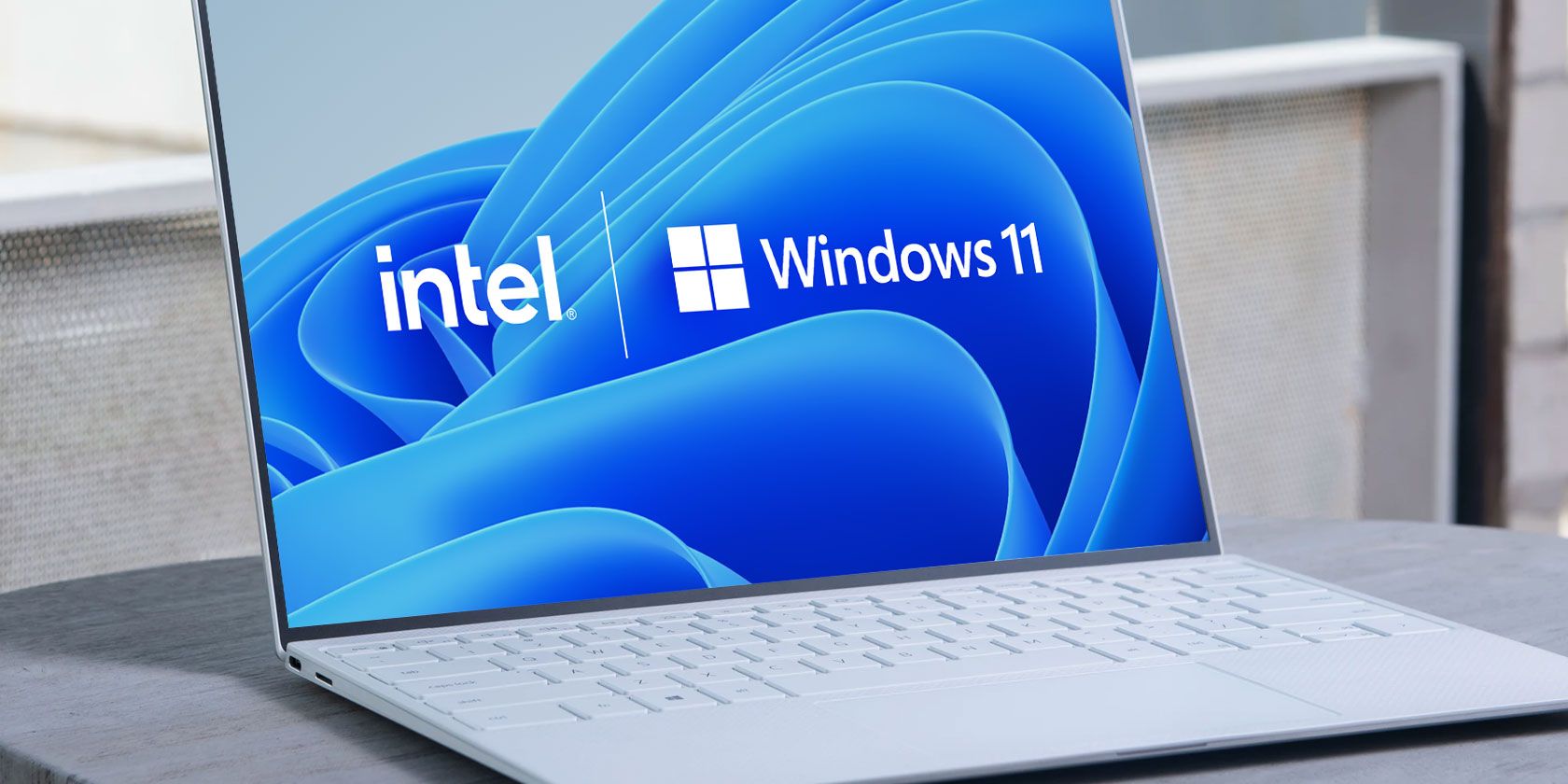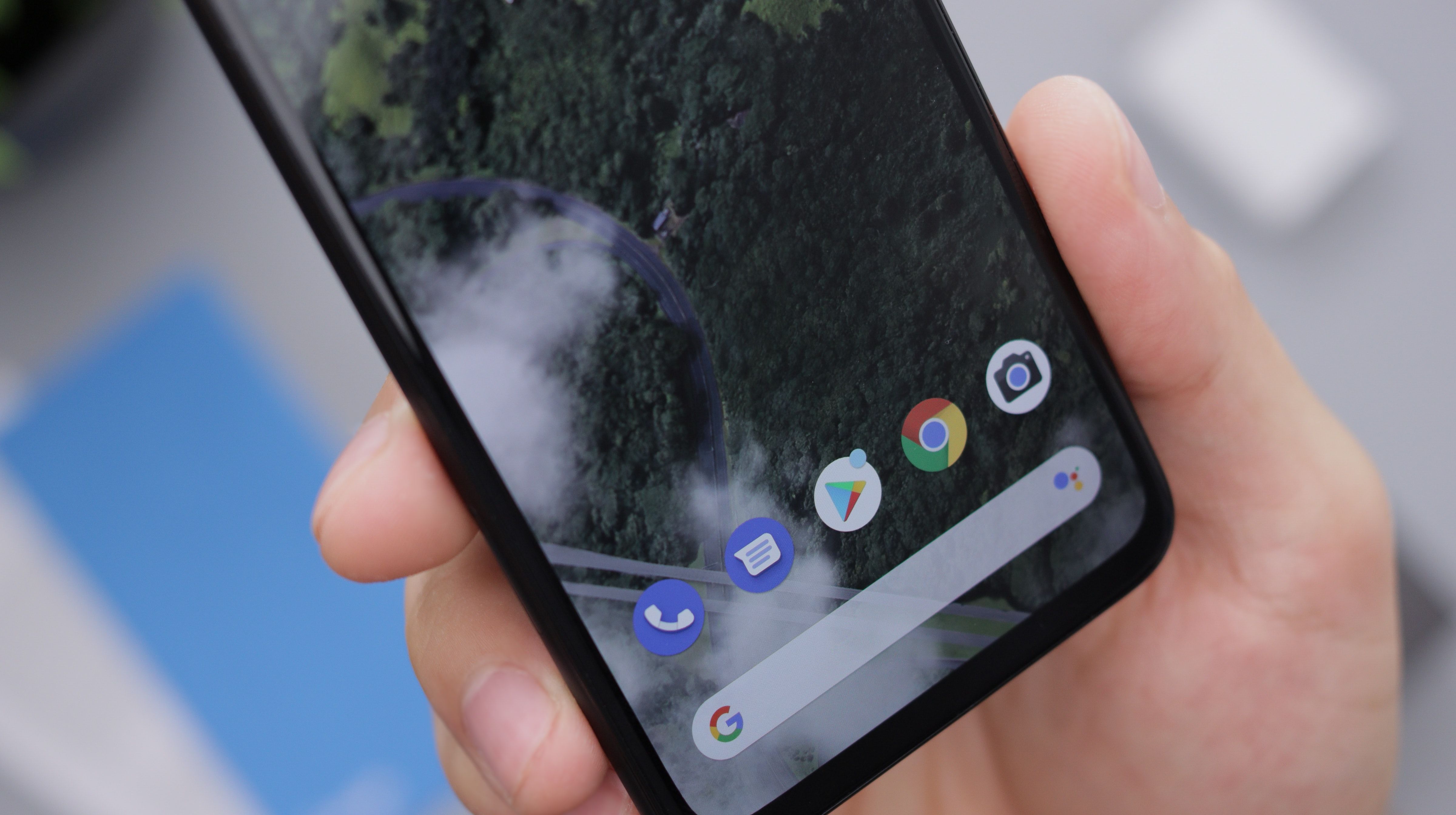If there’s anything that could ever outshine Microsoft’s Windows 11 release, it’s the work that Intel put behind its most exceptional feature. Microsoft promised that users would no longer have to install Android emulators, or look for web-friendly alternatives to their favorite apps, thanks to Windows 11 compatibility with Android apps.
Thanks to Intel Bridge Technology (IBT), Microsoft is bringing Android apps to Windows 11.
But how does IBT work, and will it really succeed in achieving its goal? Let's find out.
What Is Intel Bridge Technology?
IBT is Intel’s most cutting-edge technology and one of many features and experiences they’re integrating with Windows 11. It's is a runtime post-compiler that allows mobile apps to run smoothly on x86-based devices.
App developers won’t have to worry about providing Windows-friendly versions of their apps. The engineering and commands will stay exactly the same transitioning from smartphone to desktop without any changes whatsoever to the apps' interface or functionality.
Is IBT Just a Built-In Android Emulator?
Previously, the only way you could run an Android application on your Windows desktop is by installing an Android emulator like Bluestacks. However, mobile emulators are often very slow and put immense strain on your computer, as they simulate both the software and hardware of a smartphone and its OS.
Instead of the Android apps using the hardware and software resources from your device, an emulator goes out of its way to create a virtual Android device using your device’s resources.
Fortunately, Microsoft didn’t have to waste time working on making Android emulators more efficient. Intel’s Bridge tech allows Android apps to run natively on Windows 11 devices as if they were desktop apps and software.
That way, launching TikTok or Snapchat on your computer won’t be any different than using Microsoft Office or playing solitaire.
How Does IBT by Intel Work?
A compiler does exactly what it says. It compiles anything that follows a structured flow and turns it into machine-level code. It then passes it over to your device’s processor, where it follows the instructions and performs a series of commands.
IBT manages to build on this same technology. By using a post-compiler, IBT takes code that’s already been compiled by just-in-time compilers and recompiles it with the latest changes into a stable output.
Compilers aren’t anything new. Without one, your device doesn’t know what to do with all the lines of codes software throws at it. Whether it’s a simple Android app or complex software, compilers are essential. The reason why computers couldn’t run Android apps before is that they were made with a different compiler in mind.
Android devices tend to use just-in-time compilers to accommodate for the majority of Android-based apps. On the other hand, computers tend to work with more complex code and use two-pass compilers and multi-pass compilers.
The technological advancements that made IBT feasible have been in the making for decades. However, while IBT is software, it still needs the right hardware components to run properly.
IBT is part of Intel’s multi-architecture XPU strategy. It enables your device to properly divide the workload over its various components, such as its CPU cores, graphics, AI accelerators, as well as advanced image processing.
But since computing data the old-fashioned way would only get in the way of fast and efficient processing, Intel introduced the XPU cross-architecture computing solution.
The XPU computing strategy divides the workload and computing burden across the various hardware components of your device, tying them together into a single programming interface. You can think of this technique as smart and efficient team management, where each task is assigned to the most qualified person available.
But while the IBT-XPU combination tech works across all major chip types, devices that use an Intel Core processor will be the ones to experience the most polished version of the tech.
Where Will You Get the Apps From?
Android apps on computers are a dream come true for many tech enthusiasts, social media lovers, and even mobile gamers. But every device and OS gets its apps from somewhere. Samsung has the Galaxy Store and the Google Play Store, Apple has the AppStore, and Huawei has AppGallery.
So, what about Windows 11?
Contrary to how many people assumed the revolution would come and how they experienced it with most Android emulators, Windows 11 is joining forces with Amazon to source all of their Android apps.
In its initial state, the Amazon AppStore currently has around 500,000 Android apps available for direct installation. But the number would likely more than double in the upcoming years.
Also, you shouldn’t worry about any popular app not making it to the Amazon AppStore. They have paid and free Android apps in multiple categories from education and news to games, social media, and news. With time, the Amazon AppStore collection will only grow as more users and developers adapt to this new feature
What About APK Files?
While 500,000 apps is a lot, there will almost always be that one app that the Amazon AppStore doesn’t carry. Luckily, one of Microsoft’s engineers, Miguel de Icaza, confirmed on Twitter that you can install externally sourced APK files on your Windows 11 computer without having to cut corners.
This goes beyond being able to install a handful of indie apps and games. Some developers only release their work on the Google Play Store. And others are committed to creating open-source and free applications that aren’t readily available in mainstream stores.
Windows 11: The Future of Android on Desktop
As Windows 11 starts rolling out on compatible devices throughout 2021, there’s bound to be mixed feelings about its functionality and features. Some might admire the new tech and how Microsoft and Intel managed such a feat, while others might wait for future updates that improve on the current product.
Either way, IBT is still a new implementation. It’s been in the making for years now, but it’ll likely take more time and dozens of Windows updates to make it an intrinsic part of everyday user experience for desktop users.



